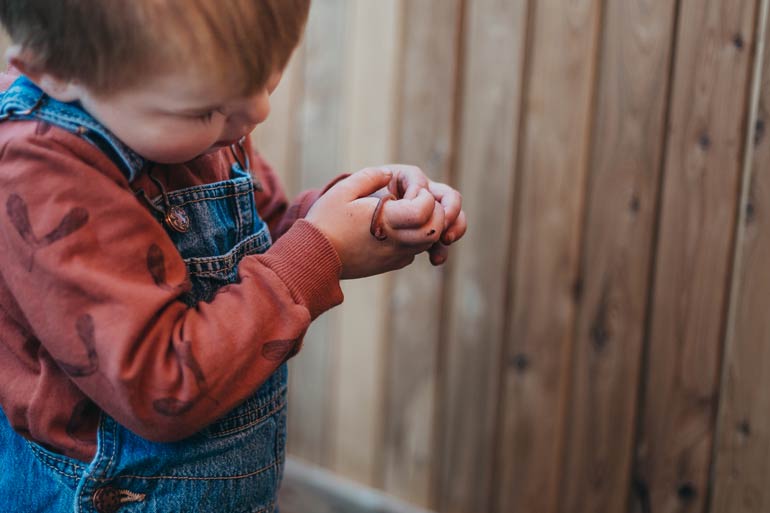
Biodiversity and the intricate, almost infinite variations of life on earth are most obvious above ground, however, there is an equally fascinating world of microscopic biodiversity going on in a healthy organic soil.
The list of living organisms in soil is easily more extensive than most people imagine. All of these organisms have their role to play in the soil. From a human point of view we tend to be most interested in the organisms that affect us.
On the plus side, the soil hosts some profoundly positive organisms such as earthworms and nitrogen fixing Rhizobium bacteria.
Rhizobium bacteria forms nodules in the roots of plants in the legume family (think beans, peas, wattles and thousands of other related species), where the bacteria converts nitrogen gas from the air into a form that the plant uses as a nitrogenous fertilizer, while the plant supplies the Rhizobium with sugars produced in the leaves and transported down to the roots.
Earthworms are another incredibly important organism to humans, in that they cultivate and aerate the soil, whilst also converting nutrients locked up in mineral or organic form into chemical forms that are available to plant roots.
On the minus side, soil can harbour human pathogens such as the bacteria that cause Legionnaires disease or tetanus, not to mention the myriad of plant pests and diseases such as root rotting fungi and root knot nematodes that can wipe out plants that we are growing.
There are also countless organisms in the soil that are neutral as far as humans are concerned. They are all doing something in the soil and are part of the complex web of life that exists all over the planet, both above and below ground. All of the organisms, good, bad or neutral form a complex and dynamic balance in the soil.
Keeping this balance at a point where the soil is a healthy environment for the plants we want to grow is crucial to a sustainable future for us all.

Encouraging soil biodiversity will go a very long way towards keeping the balance in favour of the plants we want to grow in our gardens and on our farms.
The many and varied organisms in a compost pile is a great snapshot of the sort of biodiversity that we want to encourage in our garden and agricultural soils.
The bacteria, fungi and earthworms in a compost heap will all survive and thrive in our soil if we provide them with their basic needs, namely water, air, nutrients and suitable climatic conditions.
The message in encouraging healthy soil biodiversity is a very simple one, feed them and they will come!
Creating your own compost is one of the very best things you can do to add to your soil to encourage a healthy soil ecosystem that favours the ‘good’ organisms and minimises the ‘bad’ ones.
The composting process, if done well, will add millions upon millions of desirable bacteria and fungi which tend to outcompete the ‘bad’ bugs and displace them from the soil ecosytem.
Worm farms are another wonderful way to create vibrant living compost (especially from kitchen scraps) to add to your soil in either liquid or solid form.
The take home message is to feed your soil with the good organic stuff – mature compost and well rotted manure are two of the best things you can use.
Put an organic mulch on top of that to insulate your soil against extreme temperatures and excessive moisture loss, and you will be amazed at the living soil you create, full of earthworms and beneficial microbes that keep your soil perfectly balanced for plant growth.
For more information or to learn more about Tumbleweed Worm Farming and Composting products, click here.

